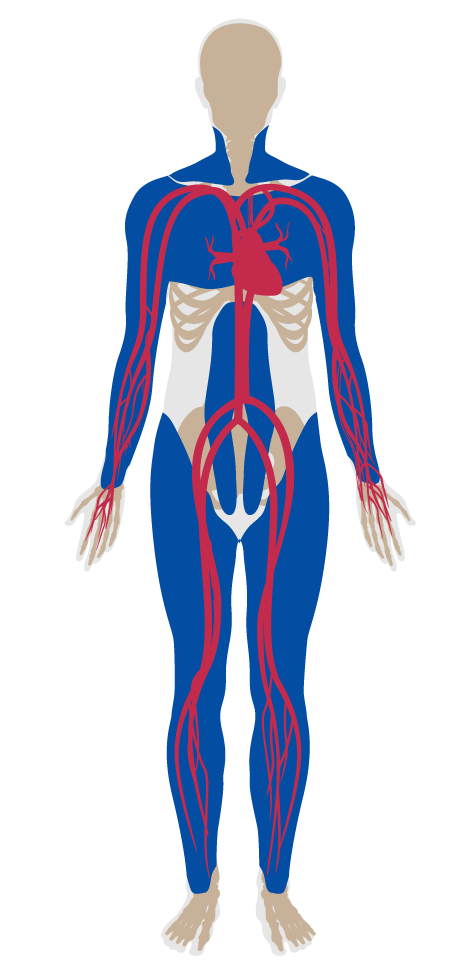Active furnishings
Active furnishings
To reduce sedentary behavior by making active workstations readily available to occupants.
BACKGROUND
Most individuals spend the majority of their time indoors in a seated position. Prolonged sitting is associated with a number of adverse health conditions, including an increased risk of cancer, weight gain, and greater fatigue and back discomfort. In addition, sitting burns 50 fewer calories per hour than standing, and sitting for more than 3 hours per day is associated with a 2-year lower life expectancy. Unfortunately, regular exercise does not appear to negate the health consequences of long periods of sitting. Therefore, creating opportunities that mitigate prolonged sitting, while sustaining work productivity is essential to reduce sitting time during the workday.

